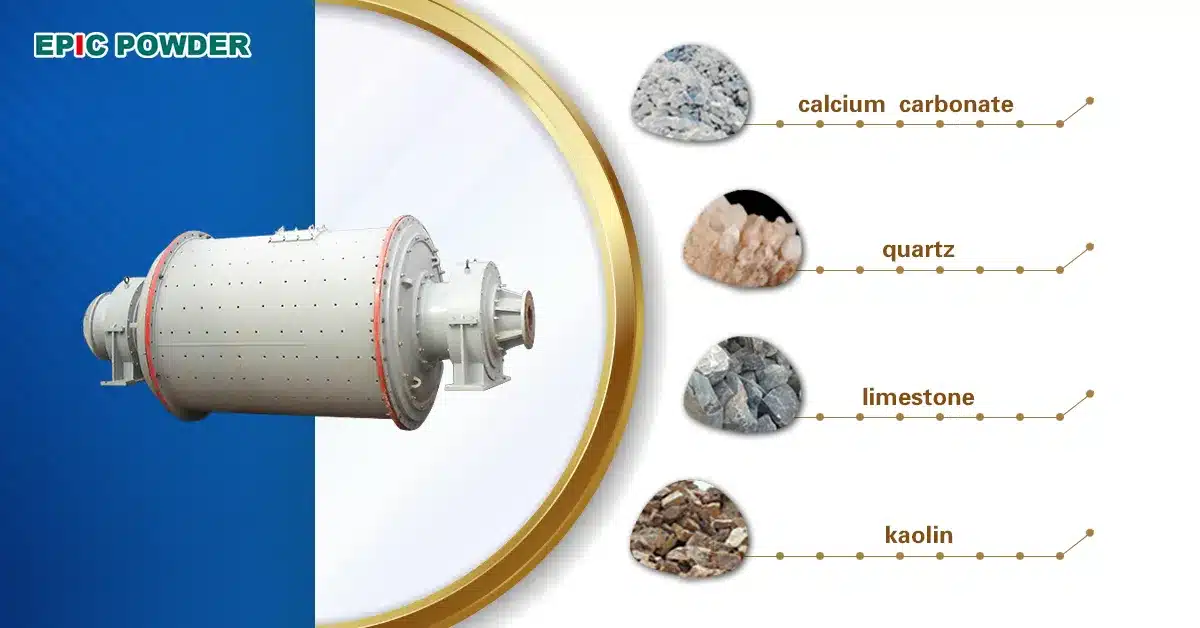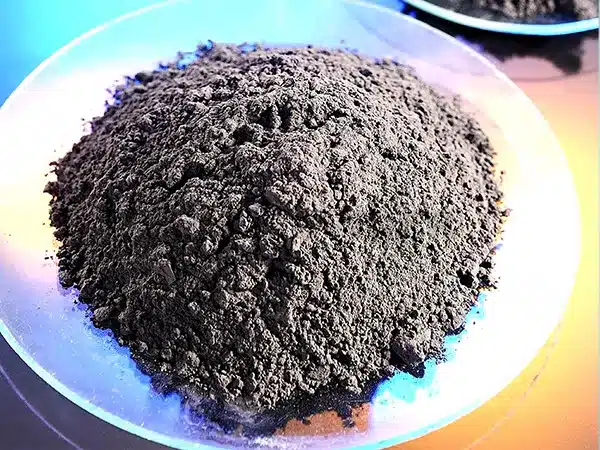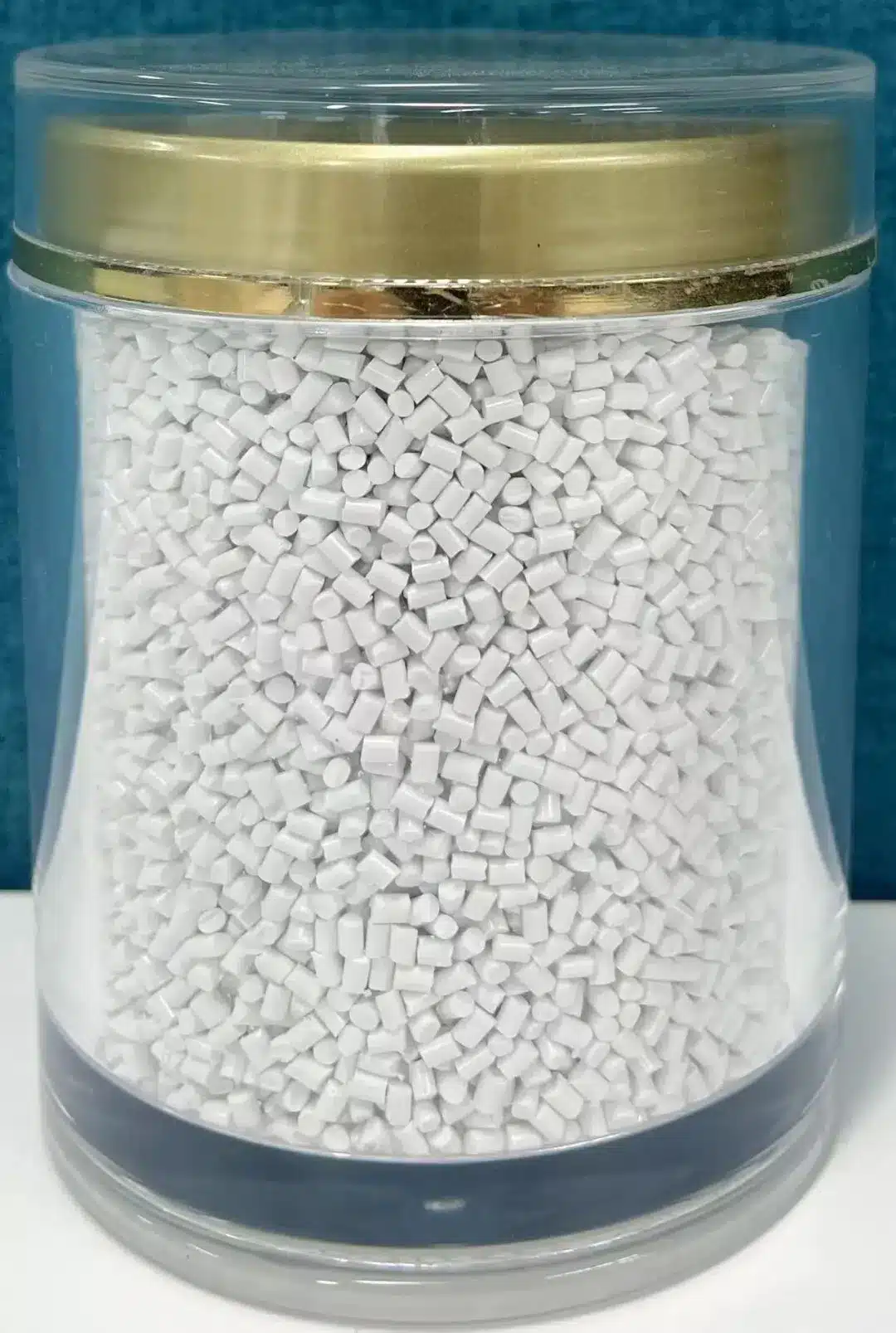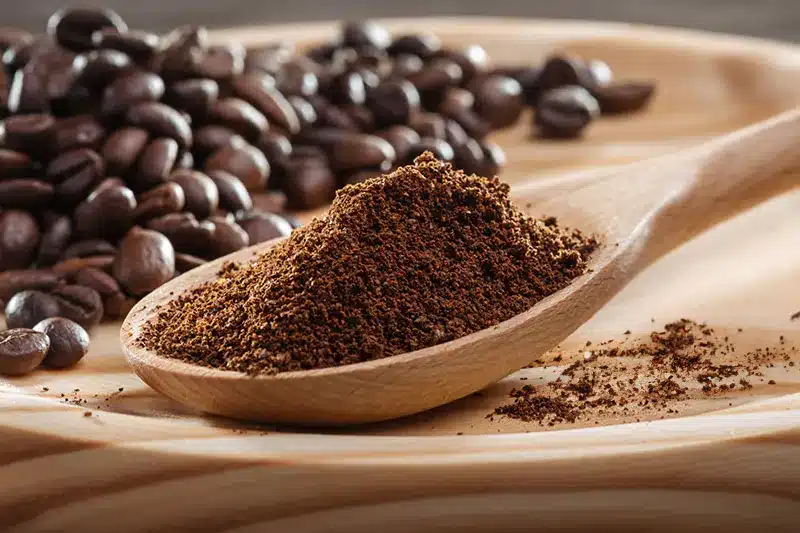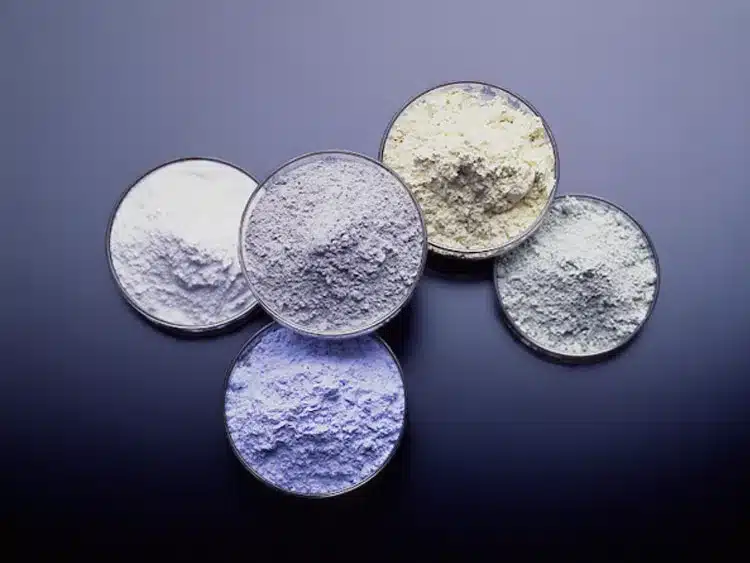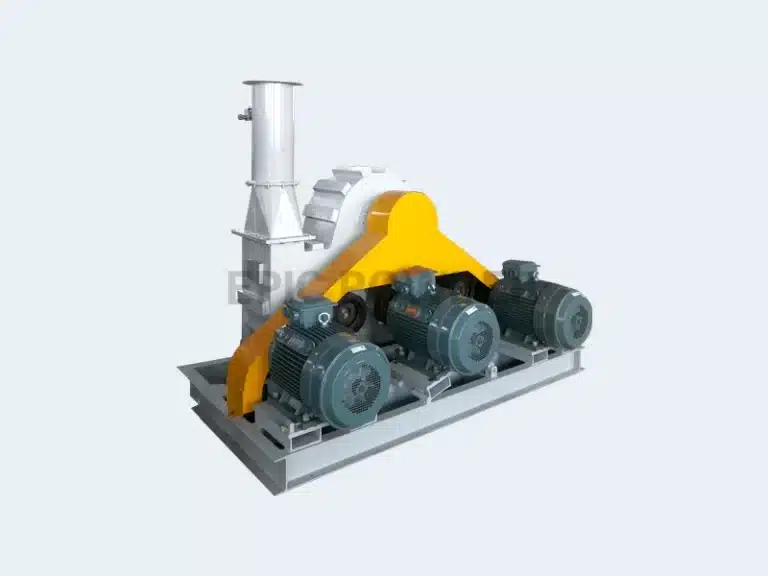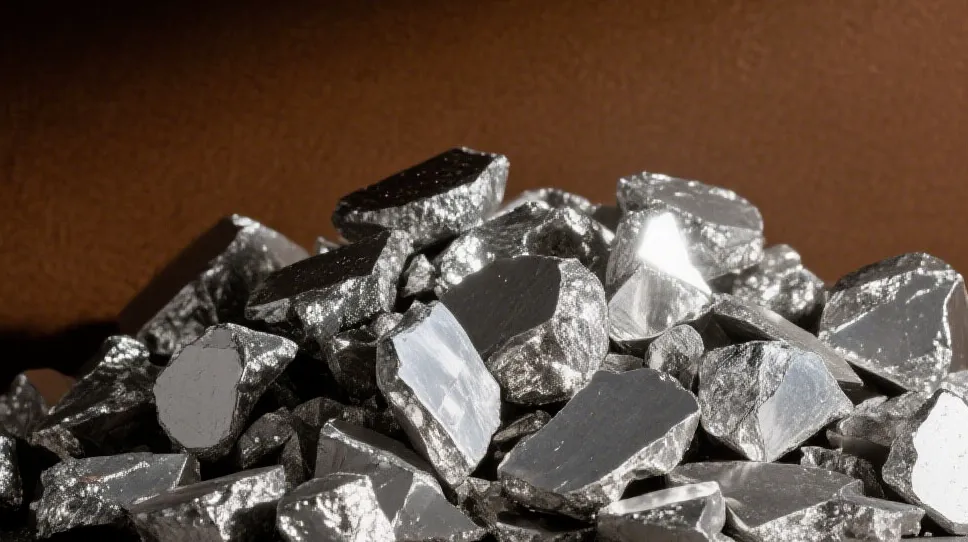Polylactic acid (PLA) is a biodegradable thermoplastic polyester material that requires suitable equipment to achieve efficient grinding during processing. Below are several types of equipment suitable for PLA grinding and their key features.
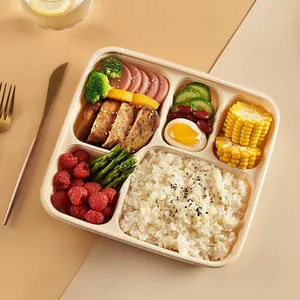
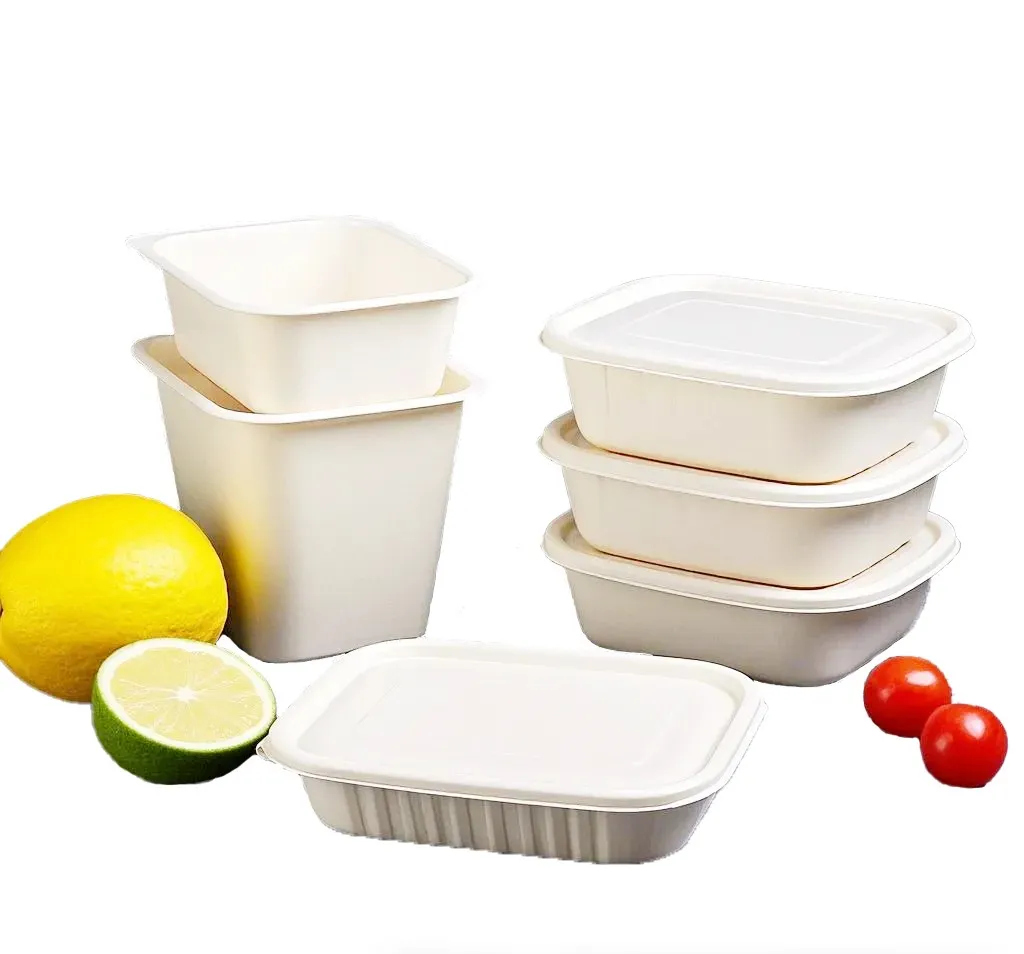
1. Cryogenic Grinder
PLA tends to soften or degrade at high temperatures, making cryogenic grinding an ideal option. This equipment uses cooling media such as liquid nitrogen to cool the material to a brittle state, reducing toughness and stickiness, which allows for easier grinding.
The advantages of cryogenic grinding include minimal thermal degradation, preserving the physical and chemical properties of the material. It also ensures high grinding efficiency and uniform particle size distribution. This method is suitable for applications requiring consistent particle size and avoidance of thermal degradation.
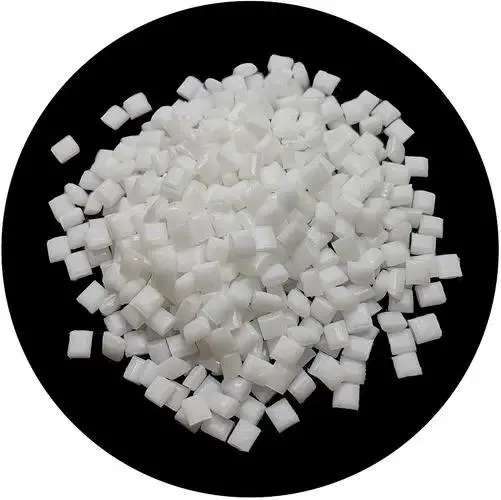
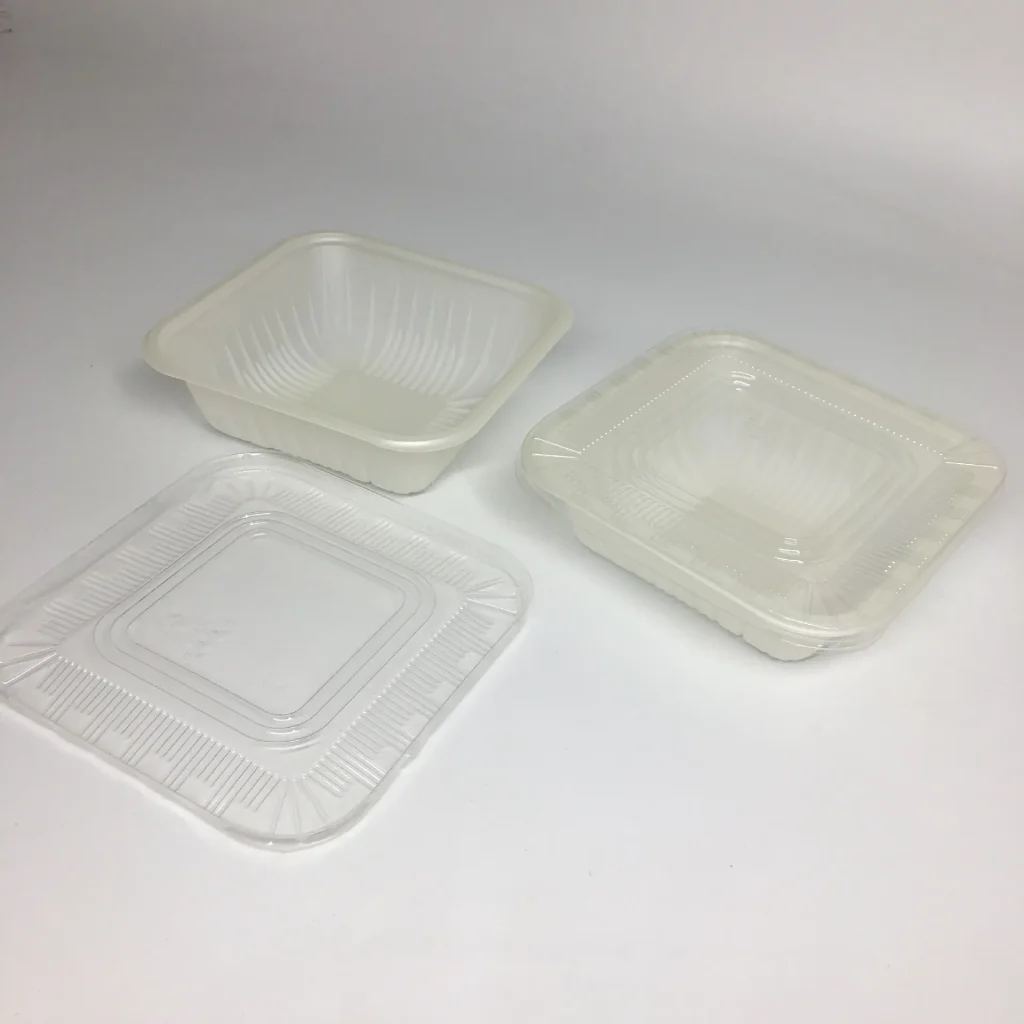
2. Jet Mill
Jet mills utilize high-speed airflow to cause collisions and friction between particles, making them well-suited for heat-sensitive materials like PLA. Since no mechanical parts directly contact the material, the risk of contamination is eliminated.
Jet milling is a low-temperature grinding process, and particle size can be precisely controlled by adjusting airflow parameters. This equipment is especially suitable for applications demanding high purity and fine powder.
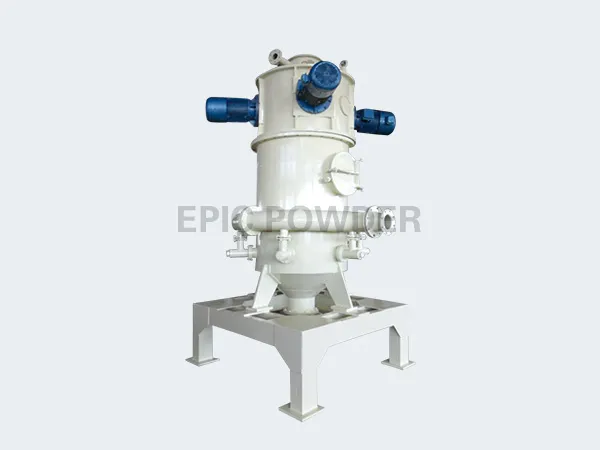
3. Mechanical Impact Crusher
This crusher uses rapidly rotating hammers or blades to impact and shear materials, making it suitable for medium-hardness substances. It has a simple structure and is easy to operate.
The mechanical impact crusher offers high grinding efficiency and is ideal for large-scale production. However, due to heat generated during processing, cooling devices are recommended to prevent thermal degradation of PLA.
4. Ball Mill
Ball mills use grinding media such as steel balls to grind materials, making them suitable for fine and ultra-fine grinding. They can achieve a narrow particle size distribution, meeting the demands for extremely fine powders.
However, heat is often generated during milling and cooling measures must be taken. Ball mills consume relatively high energy and are more appropriate for small-scale production or high-value-added products.
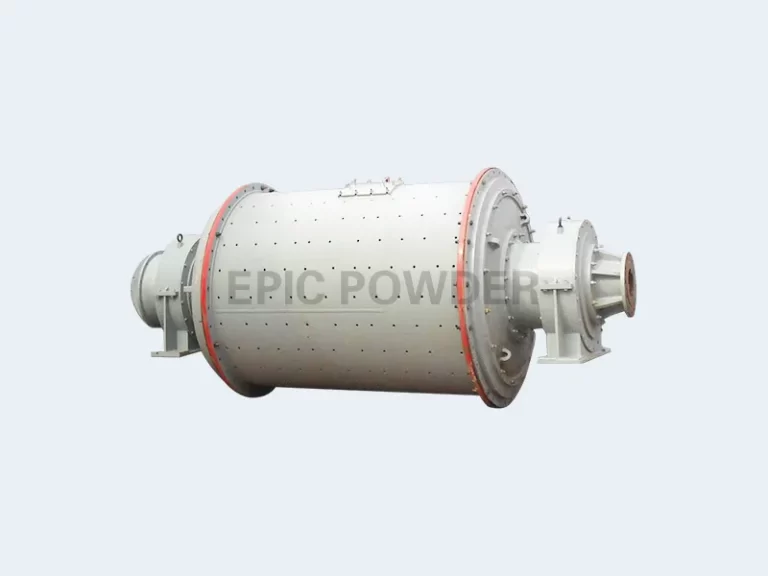
5. Vibration Mill
Vibration mills use vibrational energy to create collisions and friction between grinding media and materials. They are energy-efficient and exhibit high grinding performance, suitable for medium-hardness materials.
It is important to control vibration frequency and amplitude to prevent overheating of the material during operation.
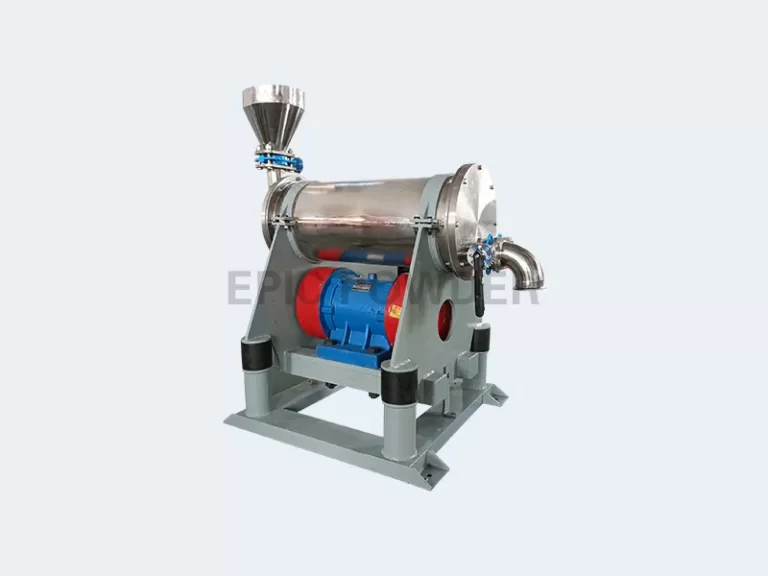
Equipment Selection Recommendations
When selecting equipment for PLA grinding, priority should be given to cryogenic grinders or jet mills as they effectively prevent thermal degradation and ensure process stability. For applications with strict particle size requirements, jet mills or ball mills are recommended. For less demanding particle size needs, mechanical impact crushers or vibration mills can be considered.
Cost and production scale should also be taken into account. Cryogenic grinders and jet mills generally involve higher equipment costs but are suitable for producing high-value-added products. Mechanical impact crushers and vibration mills provide a more cost-effective solution for large-scale production.
Enhance Your PLA Powder Production with Epic Powder
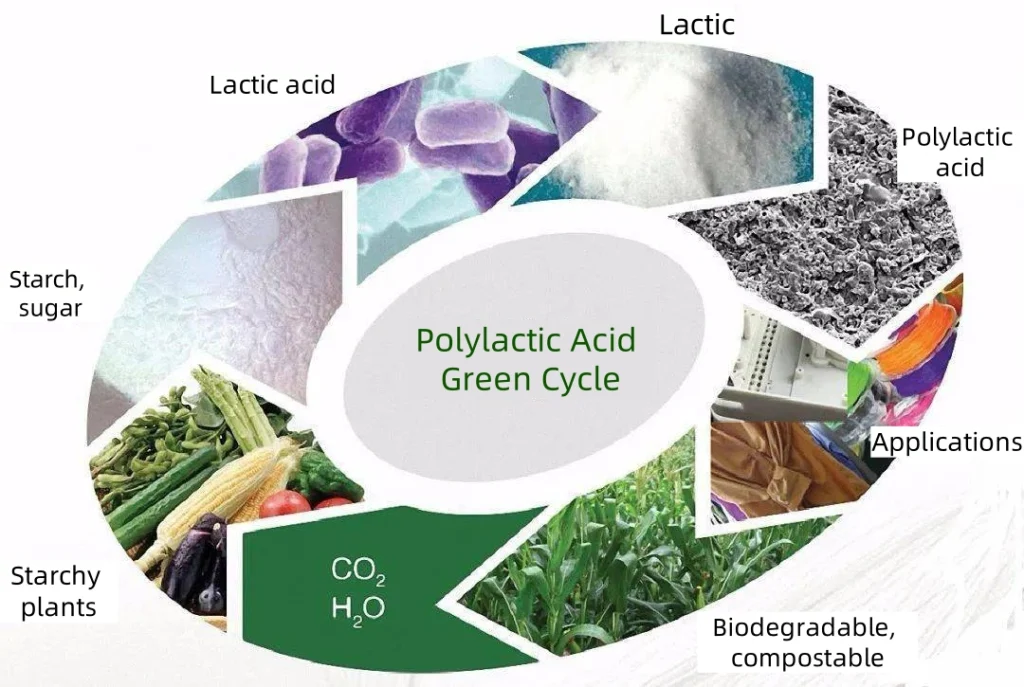
For industries that demand precision, efficiency, and consistency in PLA grinding, Epic Powder offers state-of-the-art grinding solutions tailored to your needs. Our advanced technology minimizes thermal degradation, optimizes particle size distribution, and enhances material properties. Partner with Epic Powder to achieve superior quality and performance in your biodegradable material processing.
Epic Powder — Where Innovation Meets Excellence.

